David Shrigley wants your old tennis balls. For his current exhibition at Stephen Friedman Gallery in London, the artist has filled the space with more than 12,000 fresh balls, and appealed for visitors to come and replace their scuffed-up or dog-chewed ones; the idea is that, as late autumn shades into winter and ‘Mayfair Tennis Ball Exchange’ progresses, the neon-yellow walls of the gallery will gradually become dulled and faded. Shrigley is no stranger to conceptual artworks, though he is perhaps better known for his quirky, gently subversive drawings – one of which was famously brought to life in 2015 as Kingsley, the mascot of Partick Thistle football club in Glasgow, where the Macclesfield-born artist lived and worked for more than 25 years. In 2016, Shrigley’s sculpture ‘Really Good’, a comically extended thumb, 10 metres high, adorned the Fourth Plinth at Trafalgar Square in London. He currently divides his time between Brighton and Devon.
Where is your studio?
I’ve got two. During lockdown, [my wife and I] relocated to our holiday home in Devon, where the spare room is dedicated to my studio. In Brighton, I rent an old school building from the church, which looks much more like a conventional studio – big windows, and lots of space.
What’s your favourite thing about the space?
Here in Devon, crucially, there is a very distressed-looking sink in the corner of the room that I wash paintbrushes in. Decrepit with paint and ink. It is the most unattractive part of the room by a long way, but it means I don’t have to walk a long way to wash my brushes, so I get more done.
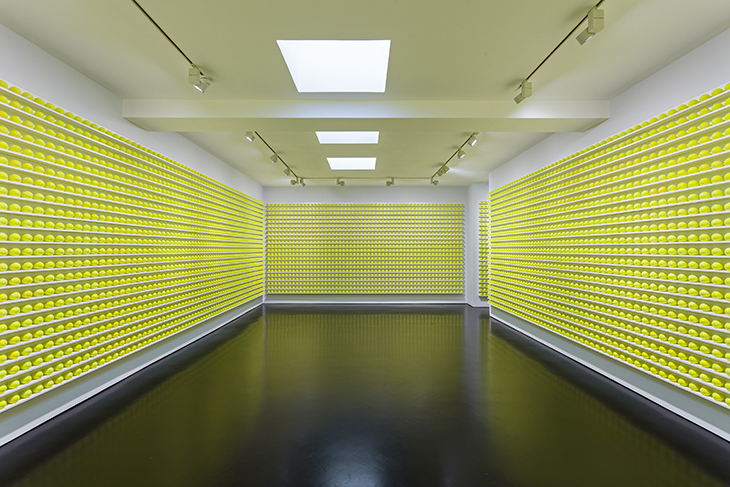
Installation view of ‘David Shrigley: Mayfair Tennis Ball Exchange’ at Stephen Friedman Gallery, London. Photo: Mark Blower; courtesy the artist and Stephen Friedman Gallery
What frustrates you about it?
There’s not enough space. There’s never enough space. I think all artists have some pipe dream as to the perfect studio but no one I know has ever really achieved it. I’m in the process of buying a new studio in Devon, which seemed enormous when I proposed it but now it still seems like there’s not enough space. I’ve got a lot of stuff, moulds for sculptures and things, in a shipping container – I don’t know if that counts as my studio as well.
How messy is your studio?
It depends who’s responsible for tidying it and cleaning it. If it’s me, then it’s going to be dirty and untidy.
What’s the weirdest object you keep in your studio?
I once made five or six works, quite a few years ago now, of animals taxidermied in such a fashion that they looked as though they never had heads. Last week, my assistant came across a box labelled ‘Animal Heads’: ‘I opened it up and it had an ostrich head in it,’ she told me. ‘Did it smell funny?’, I asked. ‘Not really’ – so I said, ‘All right, just pack it back up again then. If it’s got nothing wriggling on it, then it’s all right.’ That was quite shocking for her, I think.
Which artistic tool could you least do without?
Paintbrushes, pens, ink, paint, paper I suppose are the obvious ones. But also, a paper-folder – a flat, wide blade coming to a point, of very smooth plastic, for scoring paper – that I use to get rid of dog ears.
Do you have any images of other artists’ work pinned up?
We’ve got about seven or eight pictures, all of which are quite strange, that my wife has bought from charity auctions when she’s drunk. Not things that you would buy when you’re sober, but it’s usually for a good cause. There are also a lot of pieces by David Bellingham, a very old friend from art school days and one of the last exponents of mail art; he sends postcards through the post on almost a monthly basis, so those occupy quite a bit of the space.
What is your typical studio lunch?
In Brighton I’m quite close to the patisserie so I tend to have a really nice sandwich – but you get fat if you eat nice sandwiches every day, so I’ll sometimes go for a ready-made salad with whole grains and healthy stuff. In Devon my go-to is baked beans and brown rice with a bit of soy sauce, which sounds incredibly boring but it agrees with me quite well, and doesn’t send me to sleep in the afternoon.
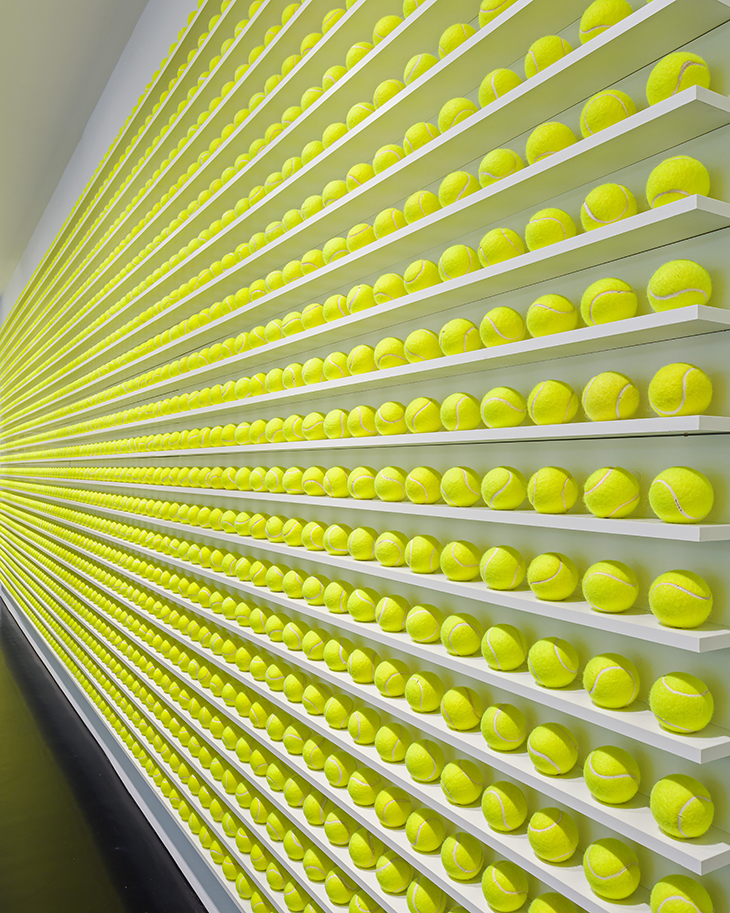
Installation view of ‘David Shrigley: Mayfair Tennis Ball Exchange’ at Stephen Friedman Gallery, London. Photo: Mark Blower; courtesy the artist and Stephen Friedman Gallery
What do you wear to work in?
Painty clothes. I have a pair of white Birkenstocks, which I never intended to be studio shoes, but I got a massive blob of indigo acrylic paint on them the day I bought them. So they became the studio shoes.
Do you ever sleep in your studio?
I did a show at Manchester Corner House in 2012, called ‘How are you feeling?’, where every room in the gallery had a little napping station – a foam mattress covered with black vinyl. There was an art therapy theme to it; I invited people just to have a little lie down during the show. So I’ve got one of those in the studio at Brighton; sometimes me and the dog have a little lie down together and doze off for 20 minutes. I don’t spend overnight in the studio because that would contravene fire and safety regulations.
Is anyone (or anything) banned?
Cats are banned because I have a dog. Foxes as well, though it’s not unprecedented for one of them to get in.
‘David Shrigley: Mayfair Tennis Ball Exchange’ is at Stephen Friedman Gallery, London, until 8 January.
Unlimited access from just $16 every 3 months
Subscribe to get unlimited and exclusive access to the top art stories, interviews and exhibition reviews.


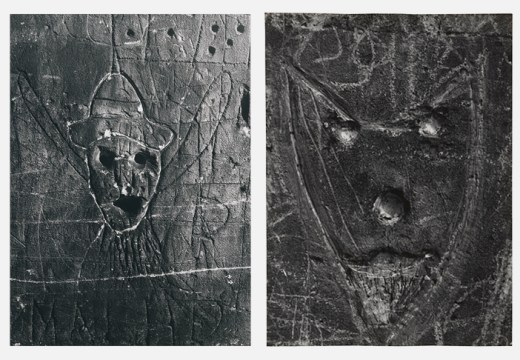
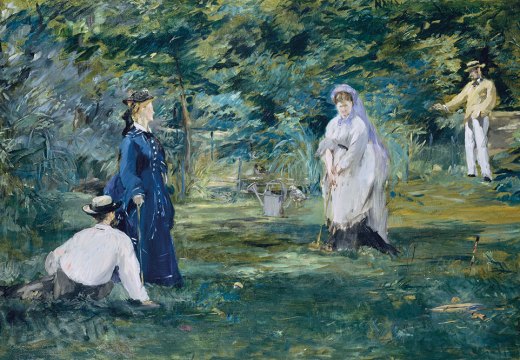
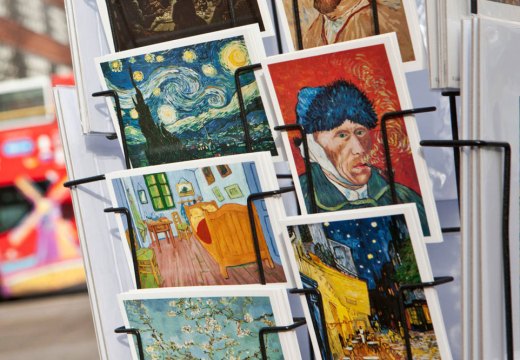









![Masterpiece [Re]discovery 2022. Photo: Ben Fisher Photography, courtesy of Masterpiece London](http://www.apollo-magazine.com/wp-content/uploads/2022/07/MPL2022_4263.jpg)
It’s time for the government of London to return to its rightful home